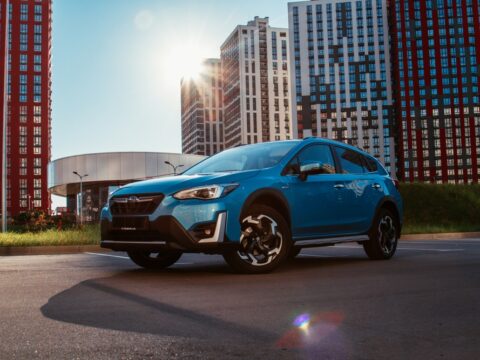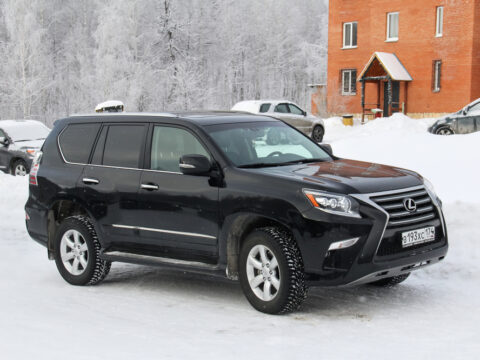Driving in extreme weather can turn a routine trip into a stressful and dangerous experience. From slick roads to blinding conditions, there are countless challenges that make staying safe on the road difficult. We’ll cover 15 things you’ll hate about driving in bad weather and why it’s important to be prepared for these hazards.
Contents
Limited Visibility in Snowstorms
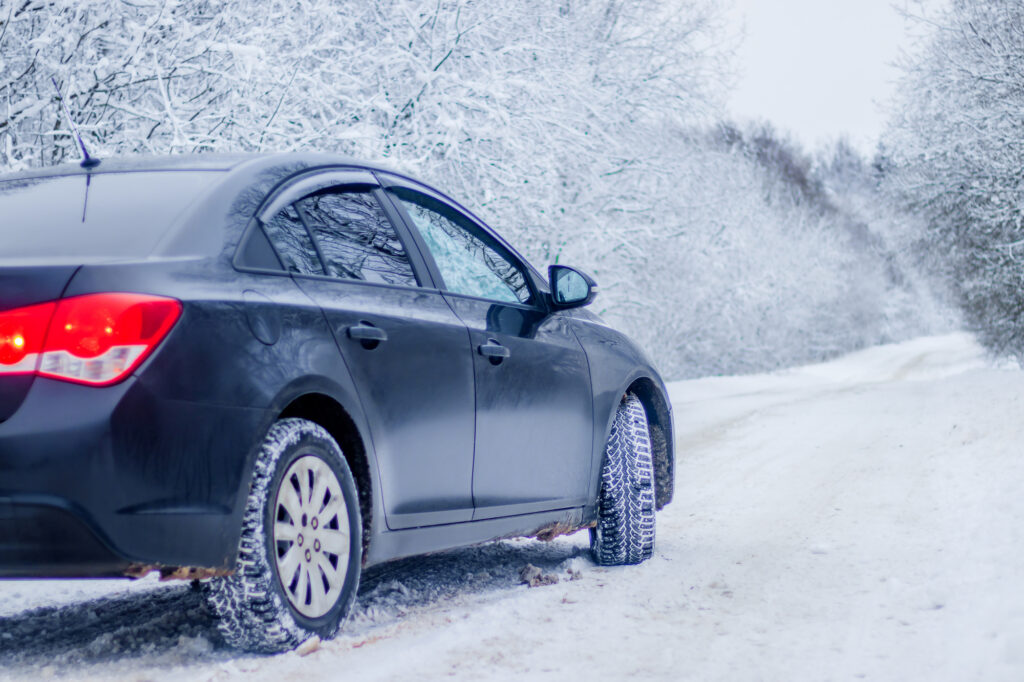
Driving in heavy snow reduces visibility dramatically, making it hard to see other vehicles, road signs, and lanes. Snow accumulates on windshields and headlights, further limiting your field of vision. According to the National Weather Service, snowstorms can cause whiteout conditions, disorienting even the most experienced drivers. The risk of accidents increases as drivers struggle to maintain control and stay on course.
Slippery Roads During Rainstorms

Rain creates slick road surfaces, increasing the risk of hydroplaning. When tires lose contact with the road due to a thin layer of water, it becomes nearly impossible to steer or brake effectively. Studies show that driving on wet roads can double the chances of an accident. Drivers must lower their speed and increase their following distance to compensate for reduced traction.
Black Ice on Cold Winter Mornings
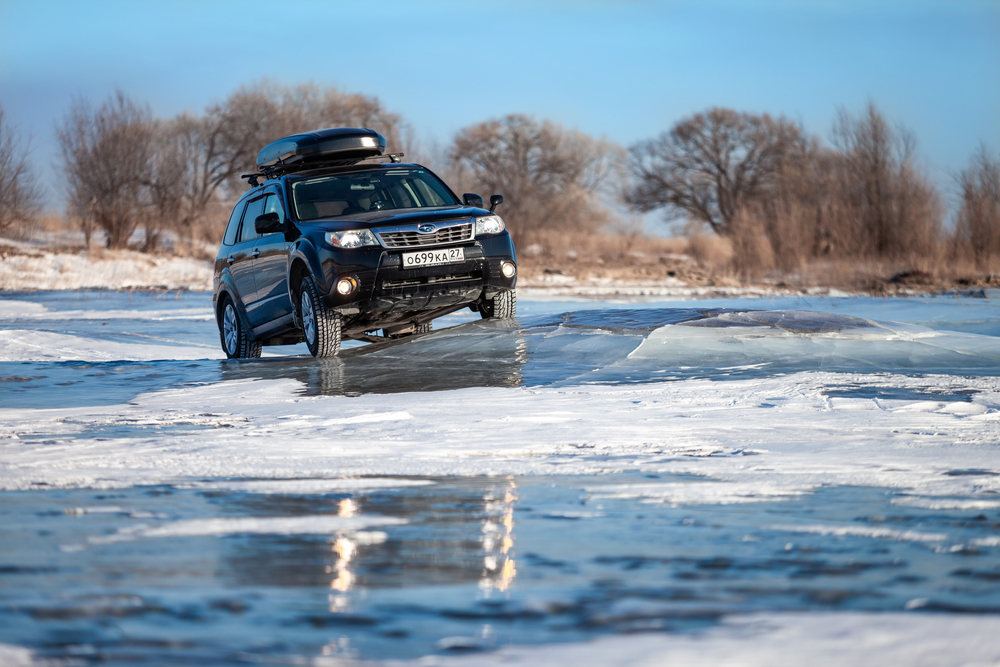
Black ice is virtually invisible and forms when moisture on the road freezes quickly. This thin layer of ice is especially dangerous because drivers often don’t realize it’s there until it’s too late. Vehicles can slide uncontrollably, leading to dangerous spinouts. Maintaining traction on black ice is nearly impossible, making it a nightmare for drivers in colder climates.
Sudden Wind Gusts in Desert Areas
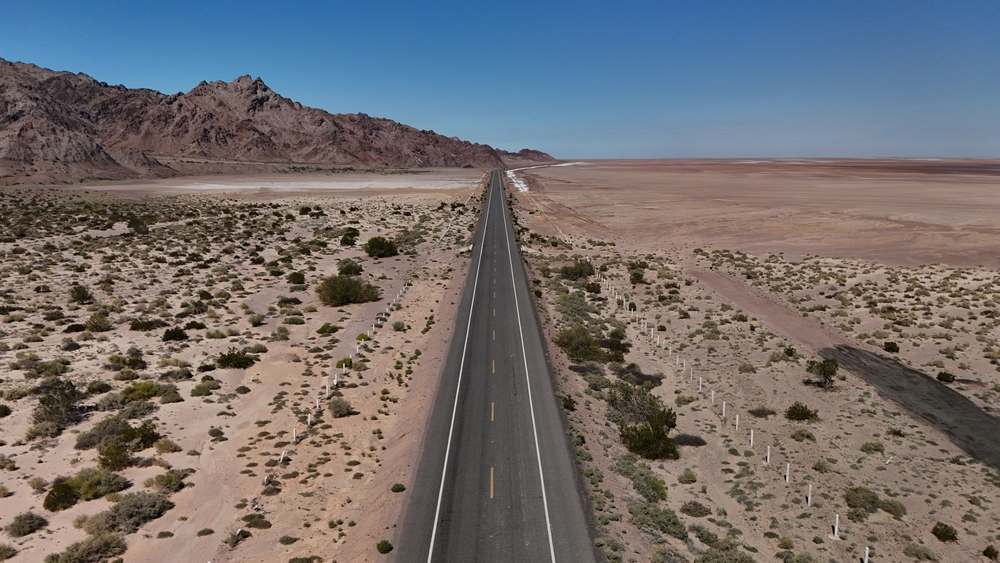
Strong winds can push your vehicle sideways, especially on open highways or desert roads. Vehicles like SUVs and trucks are more prone to tipping or veering off course due to their higher center of gravity. Gusty winds also reduce control when steering or making sharp turns. Drivers must hold the steering wheel tightly and constantly adjust their course to maintain stability.
Fog Reducing Reaction Time

Fog creates a dense cloud of moisture that drastically reduces visibility, often making it difficult to see just a few feet ahead. Headlights can reflect off the fog, further impairing vision. The U.S. Federal Highway Administration reports that fog contributes to approximately 38,000 crashes each year. Drivers need to slow down and use low beams to navigate through fog safely.
Flooding on Roads After Heavy Rainfall
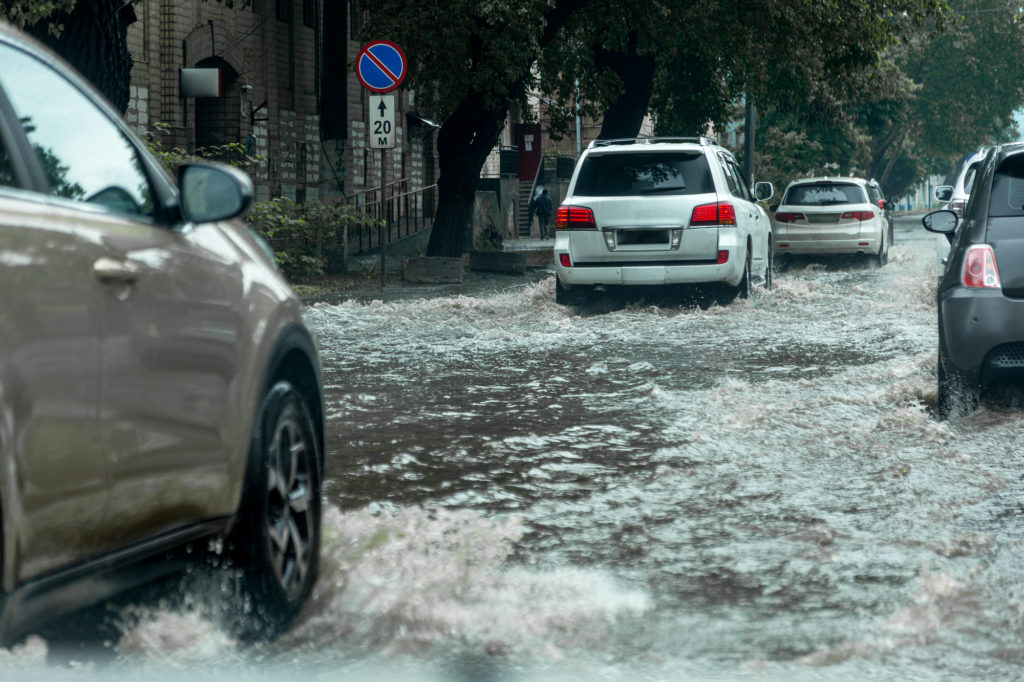
Flooded roads can turn into traps for unsuspecting drivers, with cars stalling or even being swept away by fast-moving water. Even a few inches of water can cause a vehicle to lose traction and stall. According to FEMA, just six inches of water can stall most cars, while two feet can carry away larger vehicles. Drivers are advised to avoid flooded roads altogether for safety.
Hailstorms Damaging Vehicles
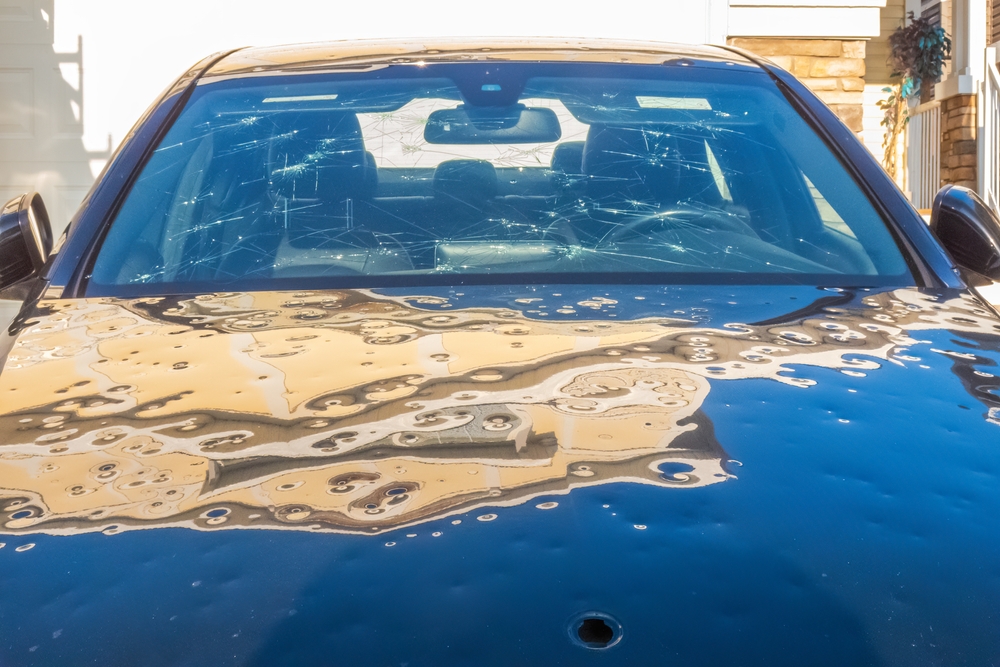
Hail can cause significant damage to vehicles, breaking windows and denting the bodywork. Driving in a hailstorm is dangerous because large hailstones can hit with enough force to shatter windshields, impairing vision and potentially injuring passengers. The loud noise and limited visibility make it hard to concentrate on the road. Drivers caught in hailstorms often have to pull over until the storm passes.
Blinding Glare from the Sun

Low-angle sunlight, especially during sunrise or sunset, can create intense glare that blinds drivers temporarily. Even with sunglasses or visors, glare can obscure obstacles, traffic signals, and pedestrians. The National Highway Traffic Safety Administration (NHTSA) has reported that sun glare is a contributing factor in thousands of accidents annually. It’s crucial to adjust your driving speed and use polarized sunglasses to reduce the impact.
Mudslides in Mountainous Regions
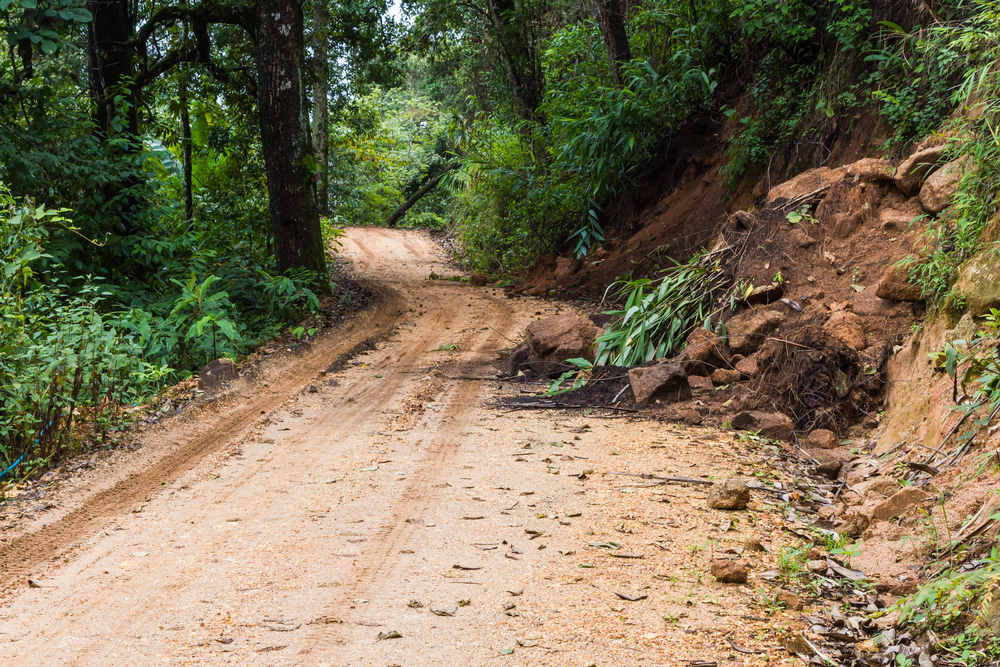
Mudslides can occur during heavy rains in hilly or mountainous areas, blocking roads and trapping vehicles. Roads can become slippery and impassable as mud and debris cover the pavement. The suddenness of these events leaves drivers with little time to react. Experts recommend checking weather forecasts and avoiding risky areas during rainstorms.
Icy Bridges Freezing Faster than Roads
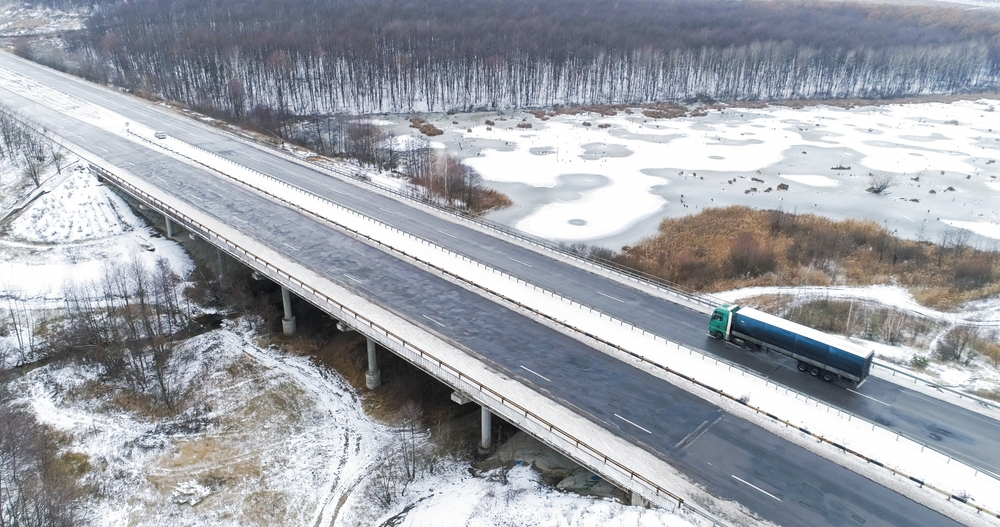
Bridges freeze before roads because cold air surrounds them on all sides, causing icy conditions when the temperature drops. This can catch drivers by surprise, as the road may be dry, but the bridge is treacherously slick. Cars can easily skid out of control, leading to serious accidents. Warning signs are often placed near bridges, but drivers should always exercise caution when crossing them in freezing weather.
Tornadoes on the Open Road
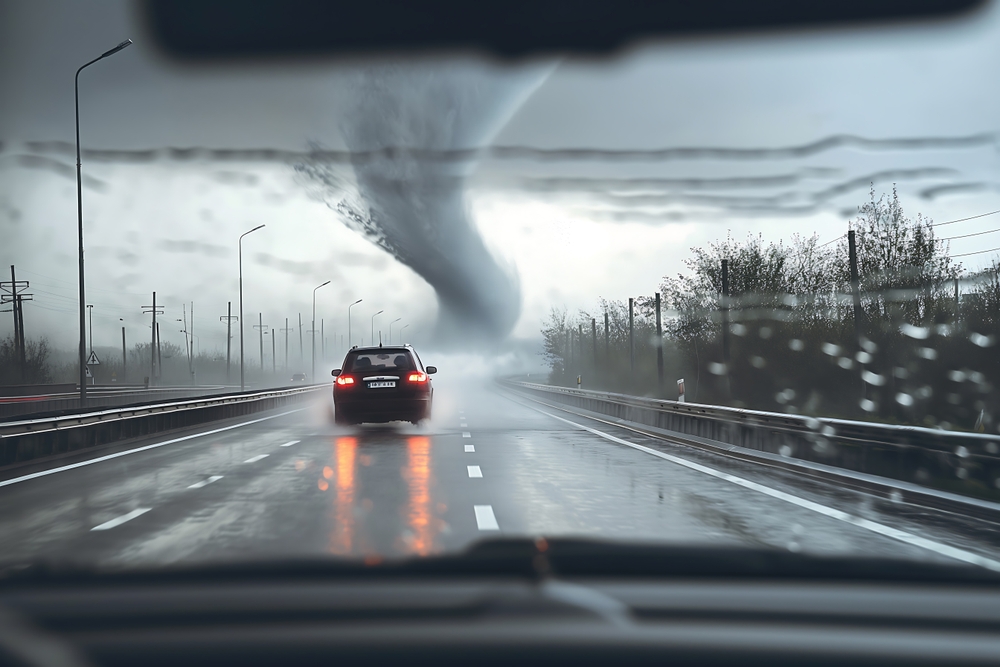
Tornadoes can form quickly, with little warning, and cause devastation in their path. Driving during a tornado is extremely dangerous as debris can fly at high speeds, damaging vehicles and windows. Tornadoes can also flip cars and trucks, especially in open areas. Experts recommend that if you see a tornado while driving, you should seek shelter in a sturdy building or lie flat in a ditch away from the vehicle.
Sudden Temperature Drops Affecting Tire Pressure

Cold weather can cause a rapid decrease in tire pressure, which affects your car’s handling and fuel efficiency. Underinflated tires have less traction on icy or snowy roads, increasing the risk of sliding or losing control. Regularly checking tire pressure during cold spells is essential for safe driving. The NHTSA recommends adjusting your tire pressure when temperatures fluctuate drastically.
Overheating Engines in Heatwaves

Excessive heat puts extra strain on your car’s engine, especially if it’s already in poor condition. Heatwaves can cause engines to overheat, leading to breakdowns in the middle of the road. Regular maintenance, such as checking coolant levels, becomes crucial during extreme heat. AAA reports that summer heatwaves result in a spike in roadside assistance calls due to engine failures.
Dust Storms Creating Zero Visibility
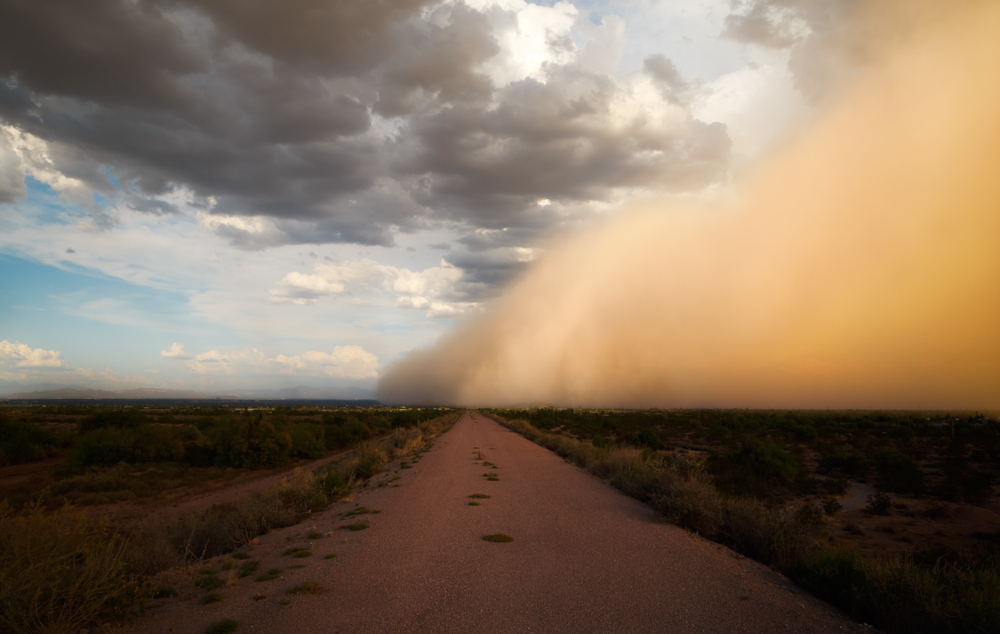
Dust storms, common in desert areas, can reduce visibility to almost zero in a matter of minutes. These storms often appear without warning, enveloping the road in thick clouds of dust and sand. The combination of low visibility and flying debris makes it extremely hazardous to continue driving. Experts recommend pulling over, turning off lights, and waiting for the dust storm to pass.
Heatwaves Causing Tire Blowouts
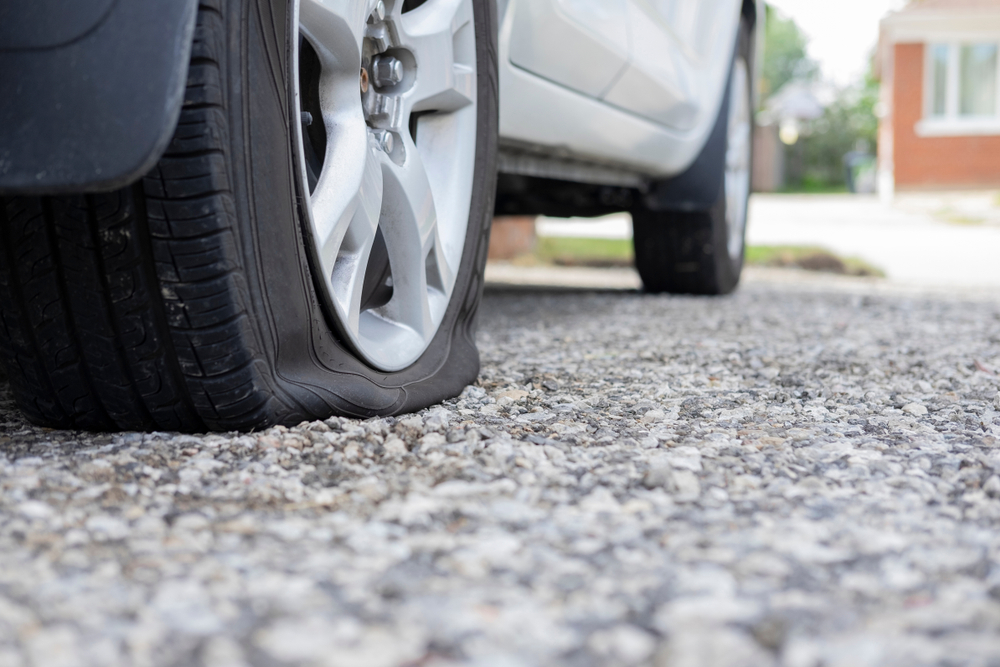
Tires are more likely to blow out during heatwaves because the hot pavement increases air pressure inside them. High temperatures cause the rubber to soften and weaken, especially in older or improperly inflated tires. Tire blowouts at high speeds can lead to loss of control and serious accidents. It’s important to check tire condition and pressure before driving in extreme heat.
This article originally appeared in MyCarMakesNoise.
More from MyCarMakesNoise
20 Popular Cars That Became Cultural Symbols

Throughout history, certain car models have achieved legendary status, becoming more than just a means of transportation. These vehicles embody the essence of their eras, capturing the imagination of enthusiasts and casual observers alike. Read More.
10 Aircraft Carriers That Projected Power Across the Globe

Aircraft carriers have long been a symbol of naval supremacy, allowing nations to project military power across vast oceans and far-reaching territories. These massive floating airbases serve as a critical tool for conducting air operations, enforcing maritime security, and supporting ground forces in conflicts around the world. Read More.
17 High-Performance Motorcycles That Enthusiasts Can’t Get Enough Of
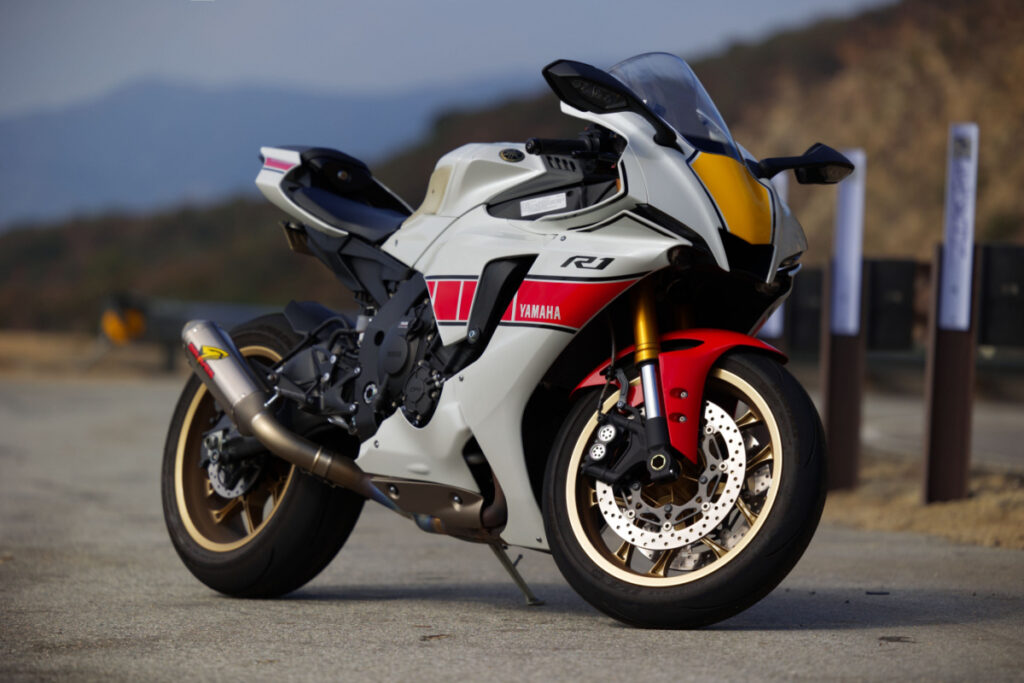
High-performance motorcycles capture the hearts of enthusiasts with their power, speed, and advanced technology. These bikes offer thrilling rides and unmatched performance, making them favorites among riders. Read More.

